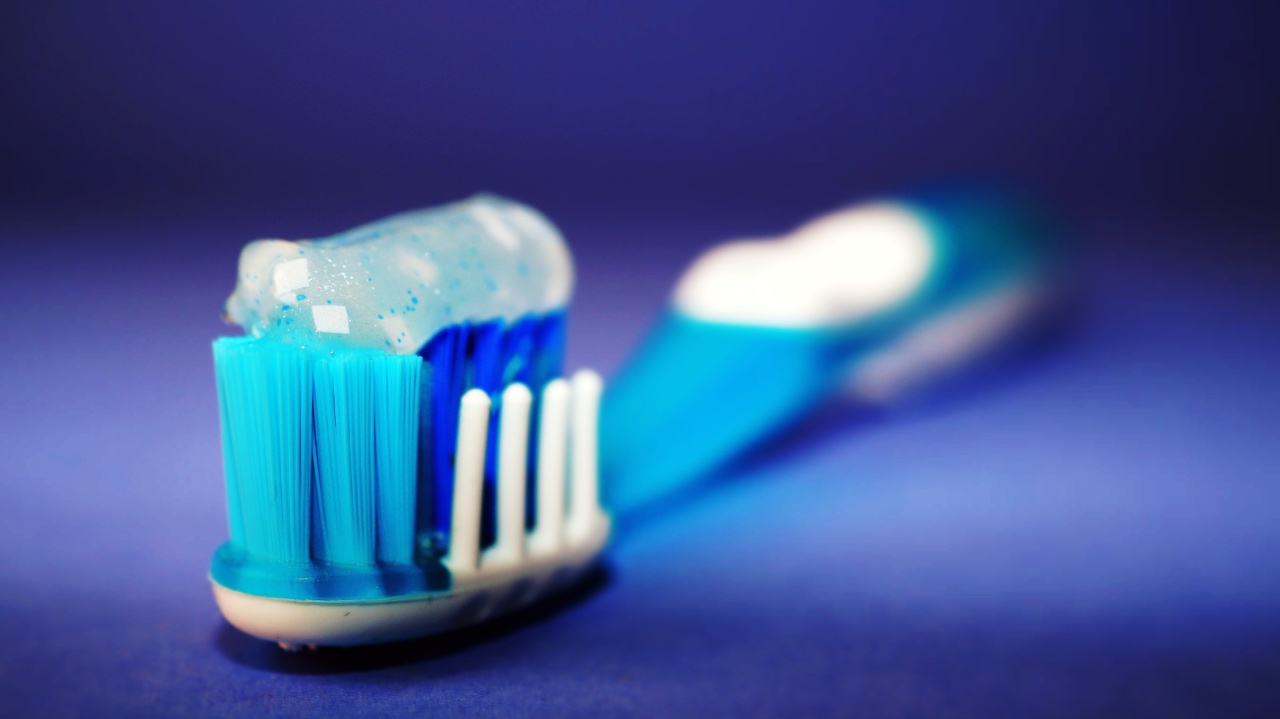Adolescence is a crucial period in a person’s life, marked by significant physical, emotional, and psychological changes. During this time, proper oral health care is vital to prevent and treat common dental problems that may arise.
Neglecting oral health in adolescents can lead to long-term consequences, impacting their overall well-being. In this article, we will explore some of the most prevalent oral health issues in adolescents and discuss their identification and treatment.
Poor Oral Hygiene Habits
One of the primary reasons for oral health problems in adolescents is poor oral hygiene habits. Many teenagers have busy schedules and may neglect proper brushing and flossing, leading to plaque buildup, cavities, and gum disease.
Educating adolescents about the importance of regular brushing, flossing, and using mouthwash is crucial in preventing these common problems.
Cavities and Tooth Decay
Cavities and tooth decay are prevalent dental problems among adolescents. The consumption of sugary foods, carbonated drinks, and inadequate oral hygiene can contribute to the formation of cavities.
Regular dental check-ups and professional cleanings help identify early signs of decay and prevent its progression.
Gingivitis and Periodontal Disease
Gingivitis, an early form of gum disease, is common in adolescents. Hormonal changes during puberty can make gums more sensitive and prone to inflammation.
If left untreated, gingivitis can progress to periodontal disease, leading to gum recession and potential tooth loss. Regular dental cleanings, proper oral hygiene, and avoiding tobacco use are essential in preventing and treating gum diseases.
Orthodontic Issues
Many adolescents require orthodontic treatment to correct dental misalignments, crowded teeth, and malocclusions. Common orthodontic treatments include braces, retainers, and clear aligners.
Identifying orthodontic issues early on and seeking proper treatment can prevent long-term problems and improve both dental health and aesthetics.
Impacted Wisdom Teeth
Wisdom teeth, also known as third molars, typically erupt during late adolescence or early adulthood. However, due to limited space, wisdom teeth often do not have enough room to grow, resulting in impaction.
Impacted wisdom teeth can lead to pain, swelling, infection, and damage to neighboring teeth. Regular dental evaluations help identify impacted wisdom teeth and determine the need for their extraction.
Bruxism and Temporomandibular Joint Disorders
Bruxism, or teeth grinding, is a common issue among adolescents, often caused by stress or misaligned teeth. Bruxism can lead to headaches, jaw pain, tooth sensitivity, and worn-out tooth enamel.
Additionally, adolescents may experience temporomandibular joint (TMJ) disorders, characterized by jaw clicking, limited movement, and pain. Treatment options for bruxism and TMJ disorders may include night guards, stress management techniques, and orthodontic interventions.
Oral Piercings and Oral Health
In recent years, oral piercings have gained popularity among adolescents. However, they come with potential risks and oral health complications.
Tongue, lip, or cheek piercings can result in infections, chipped teeth, gum damage, and difficulty speaking or eating. Educating adolescents about the risks associated with oral piercings and proper aftercare is crucial.
Dental Trauma
Participation in sports and physical activities puts adolescents at risk of dental trauma. Accidents or injuries can result in chipped or cracked teeth, tooth avulsion (complete loss of a tooth), or jaw fractures.
Prompt dental treatment and wearing protective mouthguards during sports activities can minimize the risk and severity of dental trauma.
Preventing Oral Health Problems in Adolescents
Prevention plays a crucial role in maintaining oral health in adolescents. Along with practicing good oral hygiene, it is essential to emphasize the following preventive measures:.
- Regular dental check-ups and cleanings
- Optimal fluoride use, including fluoride toothpaste and mouthwash
- Ensuring a balanced diet with limited sugary snacks and beverages
- Encouraging the use of protective mouthguards during sports
- Limiting tobacco and alcohol use
Seeking Professional Dental Care
While good oral hygiene practices play a significant role in maintaining oral health, it is crucial for adolescents to receive professional dental care. Regular dental check-ups allow for early detection and prompt treatment of any potential issues.
Dentists can provide personalized recommendations and guidance to ensure the best oral health outcomes for adolescents.


























